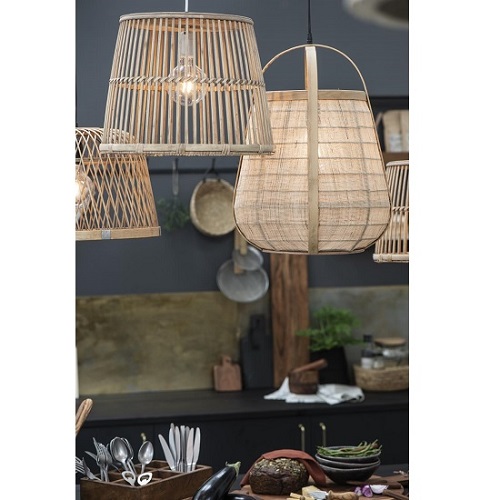Summer 10% discount on all last year's product home decor

Date-: Oct 06 2025
How Scandinavian Lighting Transforms Homes Into Cozy Retreats?
The right lighting does more than just make a space brighter when daylight ends early and evenings are lengthy; it also affects how you feel in that space. Scandinavian lighting solutions in UK have gained a lot of traction because they include coziness, warmth, and practicality into ordinary living areas.
Scandinavians have perfected the art of making the long, gloomy winters inviting. Their lighting strategy involves overlaying warm, inviting glows that evoke a sense of serenity rather than overpowering a space with intense brightness. From pendant lights that gracefully float over dining tables to floor lamps that softly illuminate peaceful nooks, Scandinavian lighting turns everyday spaces into havens.
The Essence of Scandinavian Lighting Solutions
Simplicity and purpose are key to this design philosophy. Scandinavian Lighting Solutions’ careful balancing of design and function makes them stand out despite never being excessively elaborate. The Nordic relationship with nature is reflected in the regular use of natural materials like wood and glass. Neutral tones predominate to make the light feel gentle rather than overpowering.
However, the beauty is in the way lighting fixtures bring out a room’s individuality rather than just illuminating it. Imagine a sculpture lamp that casts a soft illumination into a living room with muted walls, instantly warming the space. The space feels like home all of a sudden, not simply because it looks nice.
Creating a Cozy Atmosphere
The layered approach of Scandinavian lighting is what makes it so successful at turning houses into comfortable havens. Lighting is added in a variety of ways rather than depending just on one ceiling fixture, such as wall-mounted sconces close to reading nooks, candles on shelves, and table lights on nightstands. Even on the calmest evenings, places feel alive with the depth and warmth created by this layering.
The idea of hygge, which embodies coziness, contentment, and comfort, is also embraced by Scandinavian lighting. The radiance of a well-placed lamp promotes relaxation, whether you are reading a book or having dinner with loved ones. It’s important to consider how the light affects your emotions besides what you can see.
Why Do Homeowners Embrace It?
Scandinavian lighting solutions are getting popular due to its adaptability to various lifestyles as well as its aesthetic appeal. While strong yet subtle statement items give larger houses charm, small flats benefit from their clean lines and space-saving shapes. The timeless appeal of the style guarantees that your room will feel up to date without being constrained by fads.
Final Takeaway!
Our lives are influenced by lighting, and Scandinavian design demonstrates how small decisions can have remarkable results. Scandinavian lighting solutions turn homes into authentic havens where comfort is not only perceived but felt greatly by emphasizing coziness, organic hues, and layered lighting.
Frequently Asked Questions
What defines Scandinavian Lighting Solutions?
They are lighting designs rooted in minimalism, natural materials, and soft tones. Their purpose is to create warmth and comfort while enhancing functionality, making living spaces feel both inviting and practical.
How does Scandinavian lighting promote coziness?
It builds depth and warmth through layering different types of lights like pendant lamps, floor lamps, table lamps, and candles, ensuring each corner of a room feels inviting rather than cold or stark.
Can Scandinavian Lighting Solutions work in modern homes outside the Nordic region?
Yes, they adapt beautifully. Their neutral tones, natural materials, and timeless designs complement modern apartments, suburban houses, and even eclectic interiors, bringing balance and a sense of calm to any environment.
Are Scandinavian lighting designs energy efficient?
Most contemporary Scandinavian fixtures embrace LED technology and sustainable materials, making them not just beautiful but also energy-efficient. This adds practical value to the aesthetic appeal they already bring to interiors.
What rooms benefit most from Scandinavian lighting?
Every room can benefit, but living rooms, bedrooms, and dining areas often feel the greatest impact. These spaces thrive on layered warmth, turning daily routines into comfortable, nurturing experiences.



